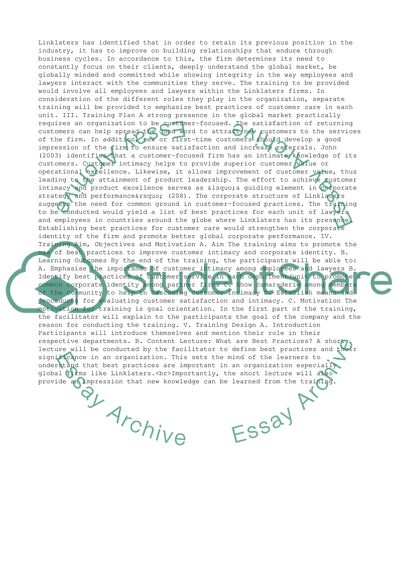Cite this document
(Extraordinary Learning in the Workplace Case Study, n.d.)
Extraordinary Learning in the Workplace Case Study. Retrieved from https://studentshare.org/management/1430444-writen-report-for-a-new-training-programme
Extraordinary Learning in the Workplace Case Study. Retrieved from https://studentshare.org/management/1430444-writen-report-for-a-new-training-programme
(Extraordinary Learning in the Workplace Case Study)
Extraordinary Learning in the Workplace Case Study. https://studentshare.org/management/1430444-writen-report-for-a-new-training-programme.
Extraordinary Learning in the Workplace Case Study. https://studentshare.org/management/1430444-writen-report-for-a-new-training-programme.
“Extraordinary Learning in the Workplace Case Study”, n.d. https://studentshare.org/management/1430444-writen-report-for-a-new-training-programme.


